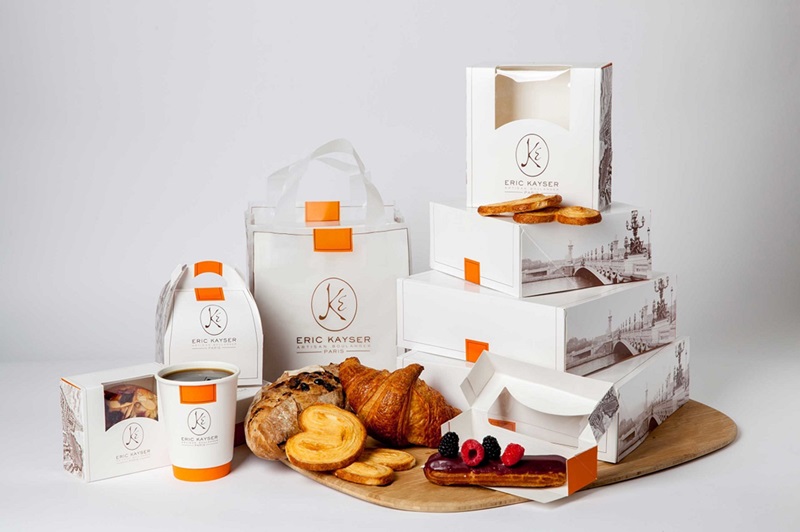The Impact of Sustainable Practices on Beverage Packaging Design

As someone genuinely passionate about home design and architecture, a certain offshoot has been nudging for my attention lately – ‘Sustainable Practices in Beverage Packaging Design’. Have you ever pondered the influence of your morning coffee cup on the environment? Noticed the subtle shift in packaging of your favourite beverages? Are you aware of the transformative influence of sustainable practices now pervading the beverage industry? In today’s blog post, we delve into this intriguing intersection of design, sustainability, and beverage marketing.
As consumers become more conscious and manufacturers more responsible, there seems to be an emergent focus on reducing environmental footprints. In response, companies are adopting sustainable practices that seek to influence every aspect of the supply chain, including packaging design. But how exactly are these sustainable practices transforming beverage packaging designs, and why does it matter? I invite you to join me on this exploration of understanding this paradigm shift in packaging design.
Why Sustainability in Beverage Packaging Design?
The environmental awakening of consumers has bound companies to rethink their practices. Overwhelming waste from packaging materials exposed the hidden price of convenience. Along came the need for companies to demonstrate a commitment to sustainability, worth more than mere marketing jargon. Sustainability in beverage packaging design reveals an amalgamation of design, material, and production techniques that diminish ecological footprints.
Design plays an integral role in the story tell ability of a brand, and sustainability adds a significant chapter to this narrative. Major brands are using innovative materials, introducing biodegradable packaging, and employing energy-efficient production practices. This dedication to sustainability offers not just a greener image, but it also paves a mindful path for other industry members to follow.
The Evolution of Beverage Packaging Design
To appreciate the impact of sustainable practices on beverage packaging design, it’s useful to take a quick detour through its evolution. From the use of animal skin and clay pots to plastic, aluminium, and hybrid materials, packaging design has traced an intriguing journey.
Today’s landscape, quite evidently, reflects growing eco-consciousness. Brands are transitioning from heavily processed, non-recyclable materials to leaner, earth-friendly options. They’re investing in R&D to develop recycled/recyclable, compostable materials that cause minimal environmental harm. A regular bottle or can is being treated as a canvas to communicate the brand’s environmental responsibility.
Who’s Leading the Charge?
Multinationals like Coca Cola, Pepsi Co, and Heineken are making commendable strides towards sustainable packaging. Their initiatives range from piloting bio-based ‘Plant Bottles’ to using fully recycled cans. Interestingly, smaller startups are also emerging as sustainability champions, disrupting the market with newer, bolder designs that breathe sustainability.
Pros and Cons of Sustainable Packaging
While the benefits of sustainable packaging are significant – reduced waste, enhanced brand image, conservation of resources, etc., there are potential hurdles too. Accessibility and cost of eco-friendly materials and potential decreased product shelf-life can pose challenges. Yet, the pros undoubtedly outweigh the cons, emphasizing the urgent need for this paradigm shift.
The Future of Sustainable Beverage Packaging Design
The future of sustainable practices in beverage packaging design appears incredibly promising, infused with innovation and responsibility. With 3D printing, lab-grown ‘leather’ through biotechnology, and the internet of things, the possibilities seem endless.
Conclusion
In navigating the local markets and supermarket aisles, our beverage choices are influenced subtly by their design appeal. I invite you to ponder the silent stories revealed on these surfaces and discern the echo of sustainability they carry.
The impact of sustainable practices on beverage packaging design extends beyond aesthetics, signalling an industry-wide shift towards responsibility and environmental consciousness. Despite constraints and challenges, the movement towards sustainable design in beverage packaging is not just a passing trend. It is a long-awaited, much-needed upgrade, and we are fortunate to be part of this transformative era.